By the time Hank Greenspun calls out Sen. Joseph McCarthy from the podium at the War Memorial Building in Las Vegas, you’re hooked.
Yep. Like the man it is centered on, the documentary Where I Stand is great theater. The documentary moves at a rapid clip, and Greenspun’s scrap with McCarthy is a just one glimpse into his personal tenacity. It was on October 13, 1952, the height of McCarthyism—the so-called “Red Scare” initiated against supposed and purported members of the Communist Party. Greenspun, the maverick publisher of the Las Vegas Sun, had decided a year earlier to go after McCarthy—a man he despised—after a national poll showed that 57 percent of Americans would vote for McCarthy for president of the United States. Greenspun began writing torrid editorials slamming McCarthy’s seemingly boundless investigations designed to root out Communists and Communist Party sympathizers from across the country. McCarthy spoke at the War Memorial at an event to support local Republican candidates; Greenspun showed up to cover the event. His wife, Barbara, insisted on joining him, saying, “I was afraid he was going to get his head handed to him.”
More
As expected, during McCarthy’s speech that night he fired on “Herman Greenspun,” saying the Sun publisher had crawled from “under a rock in New York,” and accused Greenspun of lying about being a member of the Communist Party. Barbara Greenspun stood to shout down McCarthy, and on the scratchy audio Hank Greenspun can be heard shouting from the microphone as McCarthy leaves the hall, yelling at the senator from Wisconsin to “show some proof!” of his alleged Communist ties, calling out, “He makes a speech and runs! Like he always does!”
Greenspun’s legacy is laid out crisply—the 98 minutes fly by—boosted by the narration of Anthony Hopkins, who tells Greenspun’s story in the first person, covering his early years as a weapons runner for under-gunned fighters in the budding state of Israel through the birth of metropolitan Las Vegas. Along the way Greenspun pounded McCarthy and another man he detested, Nevada Sen. Patrick McCarran; his newspaper building burned to the ground (arson has been repeatedly blamed but never proven); he conducted business with Howard Hughes to stitch together the Green Valley of today; he tangled with the Mob; he willed the negotiations that helped desegregate Las Vegas; he became an underappreciated target of Watergate burglars; and he was an early and aggressive opponent of the proposed Yucca Mountain project—which he unfailingly and angrily referred to as “a dump.”
Reviewers will likely note that the documentary, which includes interviews with members of the Greenspun family (owners of Las Vegas Weekly’s parent company) along with such a wildly wide-ranging collection of news-makers including Steve Wynn, Shimon Peres, Bob Bailey, Rose Marie and Review-Journal columnist John L. Smith, plays out like fiction. By the time Kirk Kerkorian is heard from, the film is an hour and 10 minutes along.
Those who study Southern Nevada history—and U.S. history, for that matter—say Greenspun is a natural figure for a feature-length documentary. “I do consider him one of the region’s foremost pioneers. He belongs in the same sentence with Kerkorian in the way he shaped the landscape of Southern Nevada,” says Guy Rocha, state archivist of the Nevada State Library and Archives. “You have that history, the fact that he changed the Las Vegas Valley and made Henderson an upscale community. That’s felt on a local scale. But if you look at his contribution to American history, coming from a place that wasn’t New York, LA, San Francisco or Chicago, and took on some real political heavyweights. In any American history text, they need to capture this.”
David Schwartz, director of the Center for Gaming Research at UNLV, says Greenspun might not have been widely recognized during his lifetime because he was from a city that, at the time, was more a gambling outpost than a major political center.
“I don’t think he was widely appreciated outside of Nevada, probably because this city was kind of looked down on by what Richard Nixon used to call the Eastern media establishment,” Schwartz says. “He was kind of in the mold of the Western maverick, like a Barry Goldwater, even though he was way different politically.”
As the film reveals, Greenspun was a unique figure, certainly a man of his time who saw what Las Vegas would be during the lives of his children and grandchildren.
“A lot of public figures today are not as passionate about what they do. [Greenspun] looked at more than just the bottom line, or even his own reputation,” Schwartz says. “I think his legacy would be his advocacy of Las Vegas.” Long after Hank Greenspun’s death, that advocacy lives on, 24/7.
Where I Stand plays June 16 at 6 p.m. and June 18 at 1 p.m.
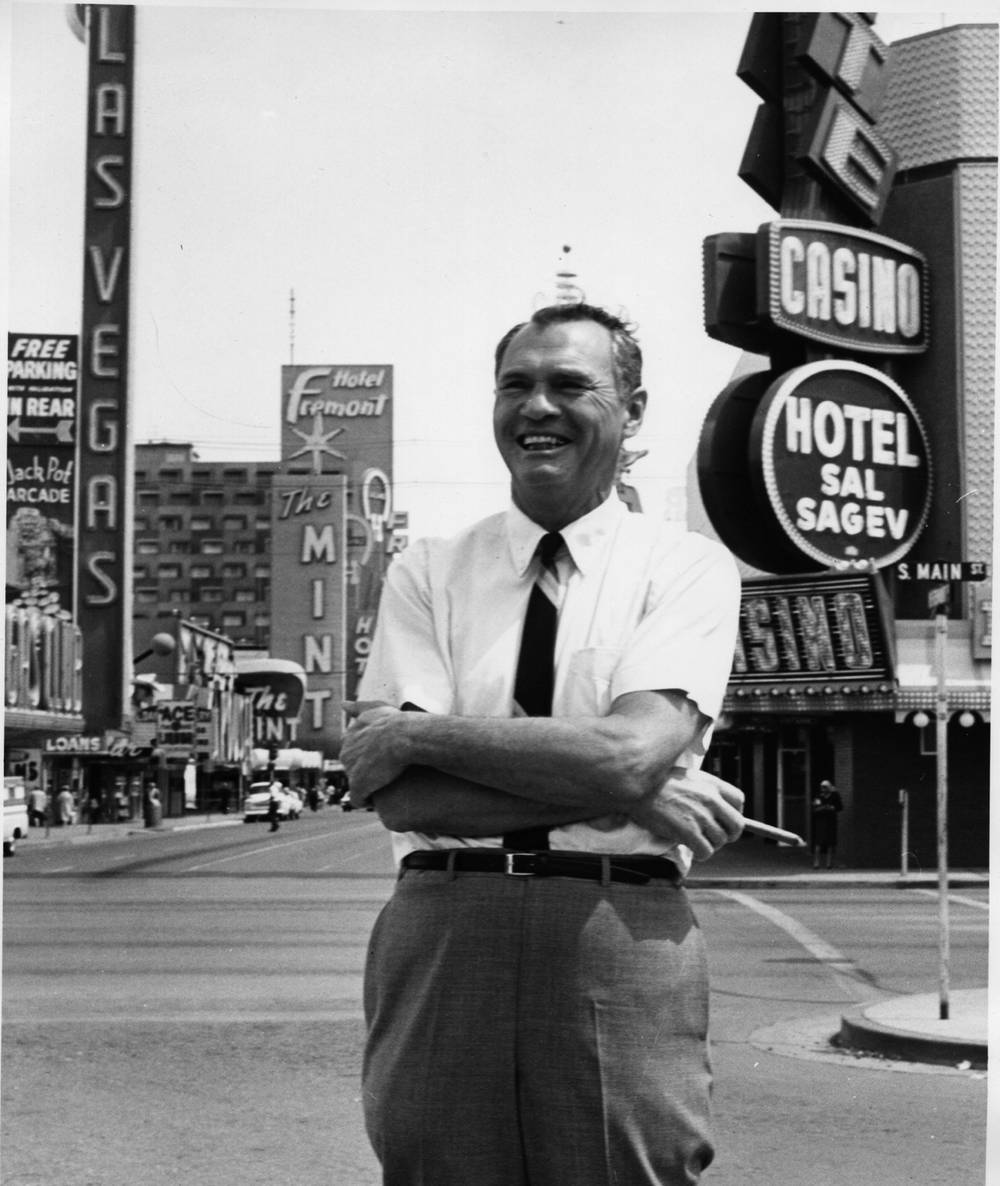
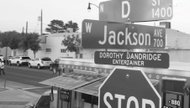
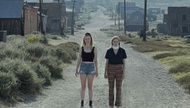


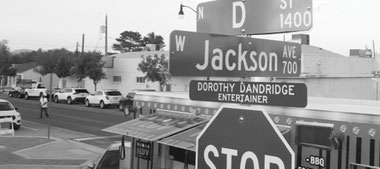

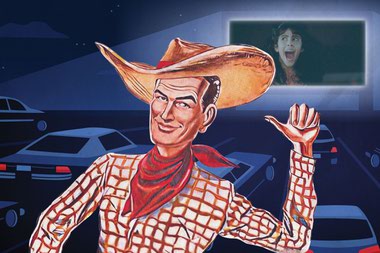
Previous Discussion: